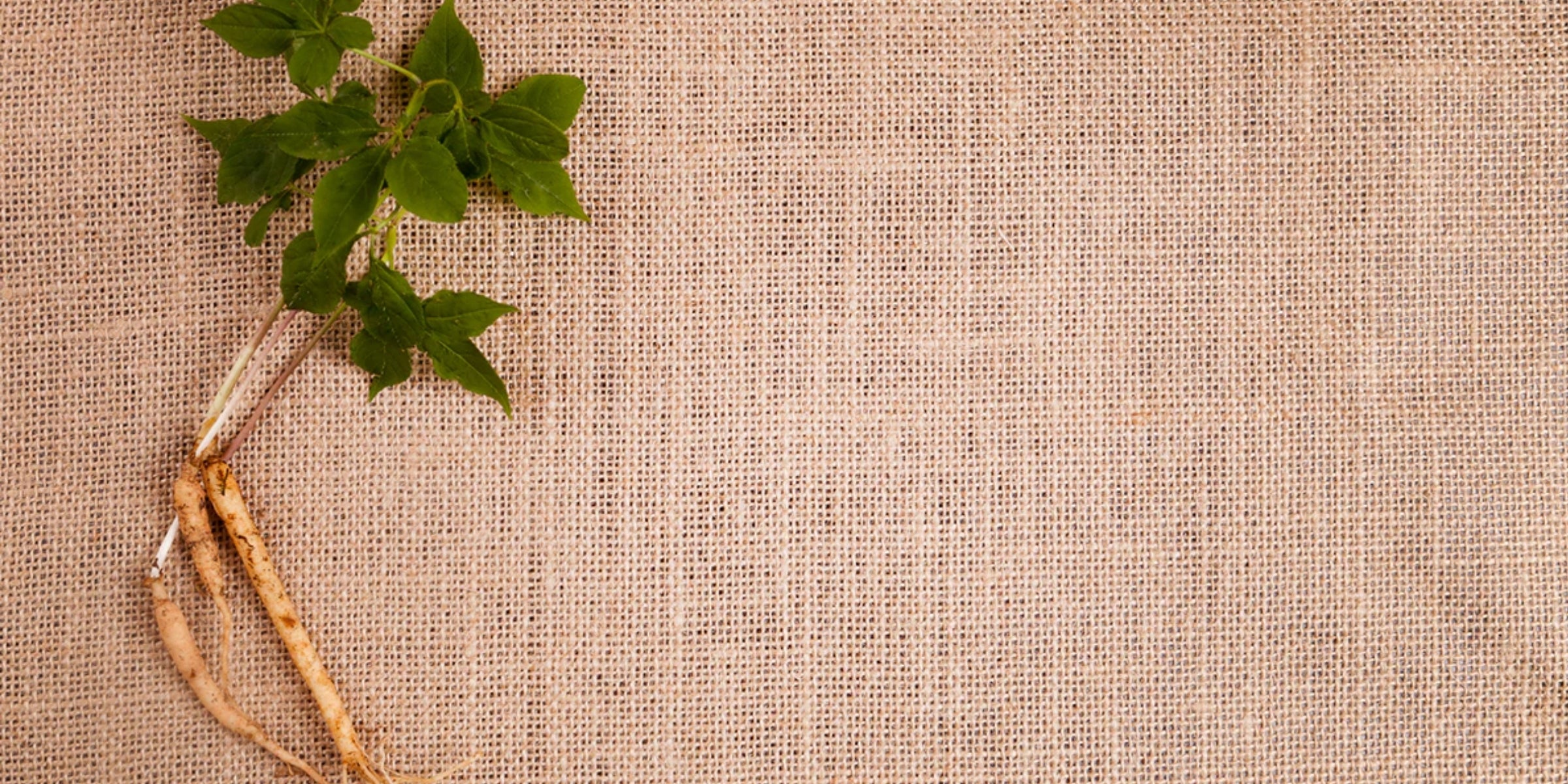Here's how stress affects sleep and what to do about it –
Stress leads to sleeplessness
The adrenal glands release hormones like adrenaline to help the body respond to all kinds of stressors (including lack of sleep) – these hormones boost the heart rate and increase circulation so we can deal with perceived danger. They usually taper off pretty quickly once the threat is gone, but one particular hormone called cortisol is slower to be metabolised. It can circulate through the body for hours after the threat is over.
Cortisol levels typically decline during the evening so the body can relax for sleep. But cortisol levels may not drop low enough when under stress, putting the body into “hyperarousal” at night – feeling wired and restless, and preventing the brain from staying in deep, restorative sleep. Falling asleep can be difficult, but broken sleep is the most frequent symptom of hyperarousal – and the most common sleep complaint [1].
Cortisol contributes to nightmares
Stress hormones might cause nightmares by disturbing the stability of REM sleep (the phase of sleep where most dreams occur) [2]. Some clinicians believe that nightmares are a healthy way for our subconscious to process and work through stress and trauma – the more stress the body is dealing with, the more nightmares might pop up.
REDUCE STRESS & SLEEP BETTER:
1. Spending more time in bed reduces stress
Too stressed to sleep, and so tired that it's making you stressed? You can turn this cycle around – sleep is one of the best ways to reduce stress hormones, and feeling more relaxed will help you get more sleep. Set aside 8 – 9 hours for sleep every night, and prioritise improving your sleep hygiene (more on this below).
2. Passionflower may support healthy sleeping patterns
Passionflower – the flower from the passionfruit vine – has been used traditionally in Western herbal medicine to relieve symptoms of stress, and as a mild sedative to treat nervous restlessness and sleep disorders. It might help to support healthy sleeping patterns by boosting the production and function of GABA, a neurotransmitter that increases slow wave deep sleep.
In a study, participants took passionflower or a placebo each night for one week and recorded their quality of sleep in a diary. The results showed that passionflower significantly improved sleep quality [3].
3. Journalling reduces bedtime stress
Get those worries out of your head and onto the page. In a small study, participants were randomly assigned self-help strategies to combat sleeplessness. After just one week, the study found that 15 minutes of journalling each night reduced bedtime stress, increased sleep duration and improved sleep quality [4].
4. Magnesium may support healthy stress response in the body
Magnesium can help support muscle relaxation which might result in deeper, longer sleep. One study found that taking a magnesium supplement significantly decreased the levels of circulating cortisol in the early part of the sleep, supporting an increase in slow wave sleep duration [5].
5. Exercise can improve sleep quality
Exercise can help sleep quality by reducing stress, metabolising excess cortisol, and regulating the body's internal circadian rhythms. Resistance exercise like weight training has been shown to particularly improve the onset and quality of sleep [6]. Remember that overtraining is a form of stress too, so be sure to replenish your body with the essential nutrients it needs to heal between workouts. Magnesium may support healthy muscle contraction function and muscle relaxation – a trial found that taking a magnesium supplement reduced the severity and frequency of nighttime leg cramps [7].




